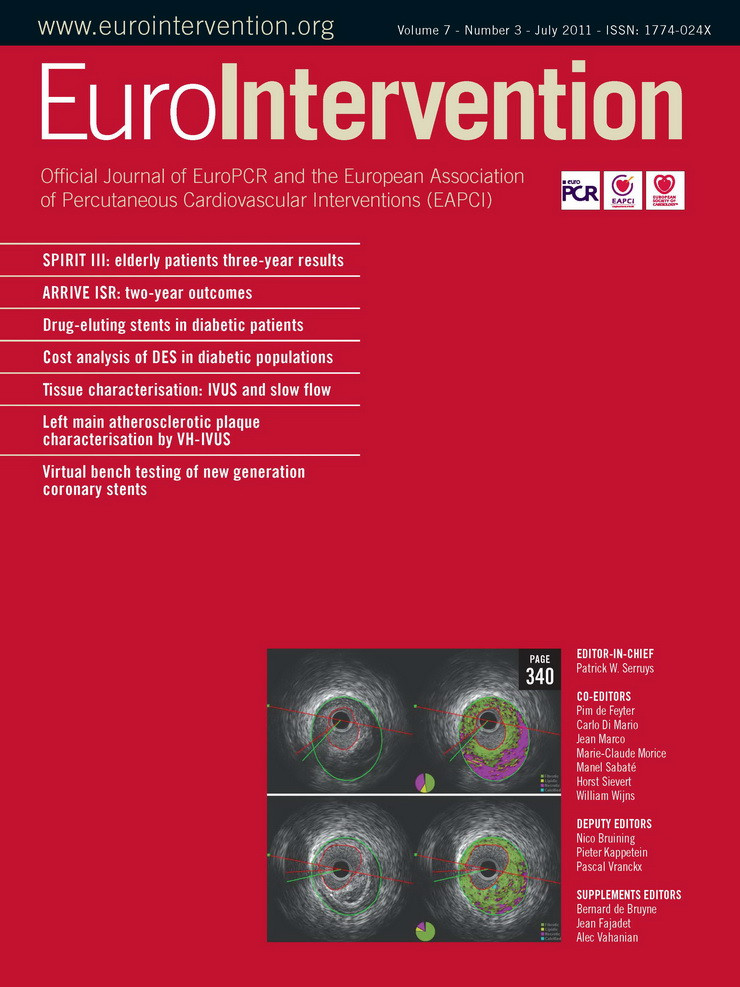Editorial boards should take the interests of their primary readership into account when they choose contributions to be published in their journals. This is even more true for scientific journals which have a smaller audience and a more focused group of subscribers. This issue of EuroIntervention contains an article by Mortier et al1 that describes the virtual testing of coronary stent behaviour after implantation in a theoretical numerical arterial environment. Our readers may be puzzled what this type of research means for their daily clinical practice and while the editorial board of this journal understands –and to a certain extent shares this point of view– we nevertheless decided to expose our readership to this paper. Below we give a number of arguments that summarise our motives for publishing this article.
Interaction between different disciplines
It often arouses our attention when somebody from another discipline makes a statement or asks about what we do in our profession. Doctors suddenly see their profession through other eyes. Indeed, the reconstructions and resulting images Mortier and co-workers produce may provide us with a new mental image of what we do during clinical interventions. This could make us think differently about our daily practice, which may sometimes lead to new ideas. True innovations in medical areas are often born in those transition zones between different expertises.
It provides technical data that can be used for making better instruments
Forces measured in vitro can give an indication of the forces that operate on the various parts of the equipment; e.g., guide catheter, wires, stent. Of course, these virtual data have to be confirmed by in vivo measurements, but this type of work can improve the way the device industry produces instruments that can cause less damage and are more effective.
Virtual bench testing may replace some of (pre)clinical studies necessary to obtain regulatory approval
In the aircraft industry, virtual bench testing of materials is an integral part of the “reliable systems design” that dominates the design and testing of the airframe. A similar role for virtual bench testing in the design of endovascular devices can be envisioned. As a matter of fact, the FDA includes finite element simulations as a recommendation to be included in the test report for each stent design in its April 18, 2010 “Guidance for non-clinical engineering tests and recommended labelling for intravascular stents”.2 Studies like the one by Mortier and co-workers may provide the input to judge essential material and design requirements in a more advanced setting.
Virtual bench testing may become the standard for operator training
Flight simulators are a standard component of training aircraft pilots. In minimal invasive surgery, simulators are increasingly used for the initial familiarisation with equipment and procedures. It is conceivable that simulator training will become an integral part of medical training and testing as well. In addition, similar technological approaches provide data for haptic technology incorporated into simulation learning of cardiovascular interventions.
Finally, we may be all wrong...
Several important developments in medicine were initially overlooked, but also had their early “criticasters”. The position of our board is that interaction between engineers and doctors is important in our technology driven discipline. But only time will tell if we were right.
Conflict of interest statement
The authors have no conflict of interest to declare.
References

